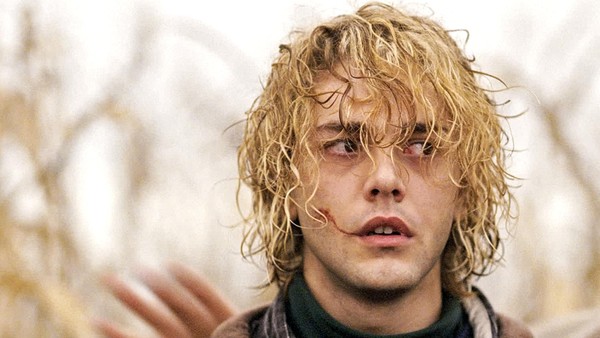
Hollywood may be the global face of cinema, but France is where it all began. Clocking in at a lean 2 seconds long, Louis Le Prince’s debut feature Roundhay Garden Scene is usually credited as the first film ever made, shot way back in 1888.
Shortly after, French directors such as the Lumière brothers and Georges Méliès continued to innovate, developing the medium of film in bold, exciting ways that helped define what celluloid is capable of.
By the late 1950’s, a new generation of French filmmakers exploded onto the scene, reinventing the very language of cinema with revolutionary films like The 400 Blows (1959) and Breathless (1960). Together, the likes of François Truffaut, Jean-Luc Godard and Claude Chabrol influenced an entire generation of directors across the globe, changing the face of cinema as we know it.
Trends come and go, but French movies remain a dominant force in world cinema, holding their own in a market where foreign films from across the world have become more accessible than ever before. Film fans have never had it so good, we’re literally spoiled for choice, yet this wider range of options inevitably leads to some important films being overlooked.
Whether it’s due to poor marketing, a tepid critical response or something else entirely, some films just don’t receive the attention they deserve. Join us as we right some wrongs and take a look at ten underrated French movies that deserve classic status.
10. The Extraordinary Adventures of Adèle Blanc-Sec (2010)

Luc Besson is one of the breakout stars of French cinema, successfully making that rare and tricky transition from foreign movies to Hollywood with classic films like Leon and The Fifth Element. However, Besson has always remained faithful to his indigenous country, returning to work in France on a variety of wildly inventive films that remain true to his unique aesthetic.
Besson has had his share of misses, but The Extraordinary Adventures of Adèle Blanc-Sec is a madcap success that could arguably be described as the strongest film he’s released this millennium… so why was it ignored outside of France?
With lacklustre Tomb Raider adaptations and a tired reboot of Indiana Jones, old school pulp adventures haven’t fared well in recent years, so it’s unfortunate that many overlooked Louise Bourgoin’s breakout role as Adèle, an adventurer who takes on everything from ancient mummies to dinosaurs in the city of Paris circa 1912.
Filled with exhilarating set-pieces and stunning costumes that look like they’ve been lifted straight out of Jacques Tardi’s original comic book, The Extraordinary Adventures of Adèle Blanc-Sec deserved a far wider audience outside of its native country, bringing the fun back to blockbuster epics that so many Hollywood films seem to have lost.
9. Time To Leave (2005)
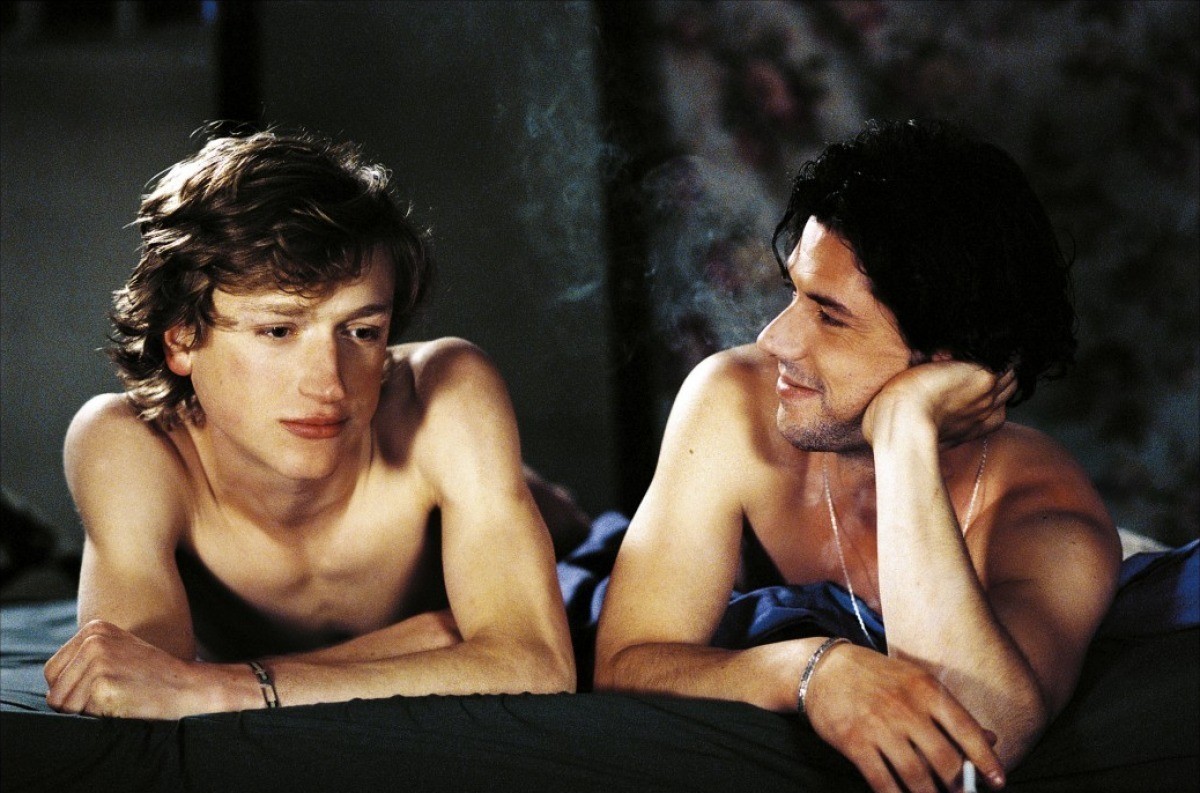
No discussion of modern French cinema would be complete without mentioning the director François Ozon, a man who has worked tirelessly to create some of the nation’s wittiest movies since he first broke into full-length feature filmmaking during the early 1990’s.
While classic Ozon films such as 8 Women and Potiche were lauded with international acclaim, some of his other films fell from people’s radar soon after their release, despite easily holding their own against his more well known features. One of the strongest Ozon films that was unfairly overlooked is Time To Leave, a slow burning drama that failed to ignite the same passion many felt for 5×2, the award-winning film that preceded it.
The story follows a young gay fashion photographer who discovers that he’s dying of a terminal illness, leaving him with only three months left to live. Rejecting treatment, Romain decides to keep his diagnosis a secret, recklessly chasing away the people in his life with his increasingly selfish behaviour.
Narrative is obviously important to Ozon, but the majority of his films tend to prioritise style and atmosphere over plot specifics and in this sense, Time To Leave is no different from his more famous work.
On paper, Romain isn’t a particularly likeable character, yet Melvil Poupaud imbues the role with a genuine pathos that encourages audiences to see past his volatile behaviour and empathise with his impossible situation. We know what the ultimate outcome of Romain’s journey will be, but what’s interesting is how we arrive at this final point, flitting hazily through different encounters that are strung loosely together, like fading memories.
8. A Monster In Paris (2011)
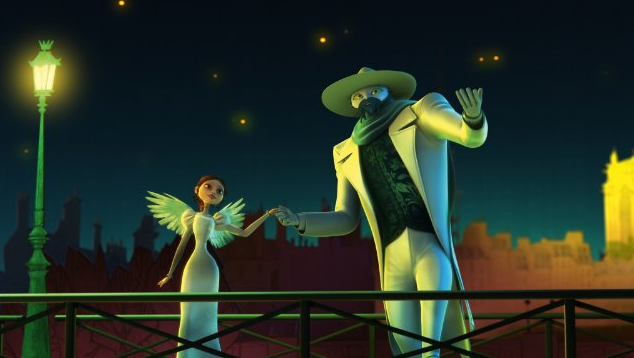
No one would blame you for thinking that the only people who make animated films hail from Disney, but France has contributed more than its fair share of seminal animation that easily earns a spot beside the greatest that Pixar has to offer.
When pushed to recommend French animation, most will immediately turn to Persepolis, The Triplets of Belleville or the Academy Award nominated A Cat In Paris, but the story doesn’t end there.
Set during the great flood of Paris in 1910, A Monster In Paris follows an unlikely duo who encounter a giant flea that just so happens to also be an incredible nightclub musician. The three eventually team up with a singer called Lucille and together, the oddball group fight to protect the monster from the clutches of the city’s Mayor, who wishes to exploit the flea for his own personal gain.
Cinephiles will find much to love in this beautifully animated love letter to Parisian cinema. One of the leads is a movie projectionist showing classic Méliès films and the action sequences showcase iconic Parisian backdrops with the same amount of love and dedication as any Truffaut film made during the French New Wave of the 1950’s and 60’s.
A Monster In Paris isn’t a perfect film. The fast-paced wit and catchy musical numbers impress, but the occasionally uneven tone seems unsure whether to aim its jokes at children or adults. Regardless though, audiences willing to look outside of the box will find something special to enjoy in A Monster In Paris.
7. The Beat That My Heart Skipped (2005)
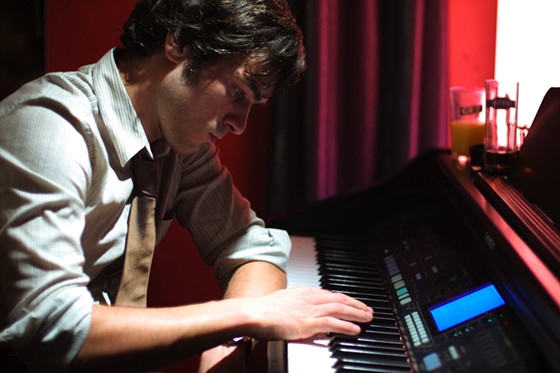
Remakes are stigmatised for a variety of reasons. Whether audiences are dubious that a different interpretation can add something new to a film or whether the whole enterprise just seems pointless, remakes have had held an increasingly poor reputation in recent years… but there are exceptions.
Who would have thought that Harvey Keitel’s crime drama Fingers could have become an arthouse hit almost thirty years later in France? Director Jacques Audiard, that’s who.
Audiard is perhaps most famous for directing A Prophet and Rust & Bone, the phenomenal award winners that followed his remake of Fingers, but The Beat That My Heart Skipped deserves equal attention for the way that it transformed the original film into a stronger character study and launched the career of Romain Duris.
Trapped in a dangerous cycle of crime, Duris’s character Tom studies the piano as a means of escape, torn between his work and a blossoming relationship between him and his piano teacher Miao Lin.
Upon the films release, many compared Duris’s breakout performance to a young Robert De Niro, back during his peak in the 1970’s. Lazy comparisons aside, it’s hard to deny that Duris’s charisma dominates the film, to the point where Audiard himself thanks the performer for helping him win the César award for Best Director.
6. District 13 (2004)
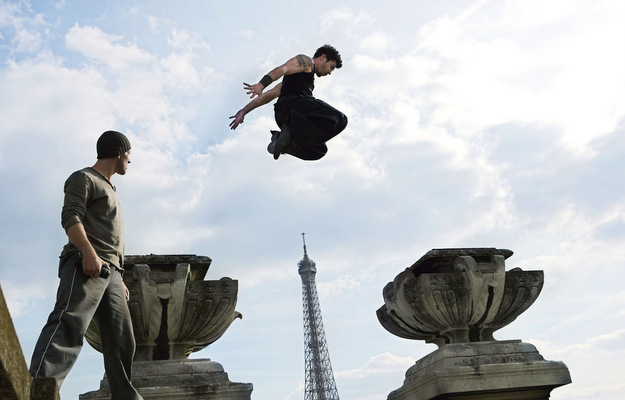
Parisian crime thrillers are a dime a dozen, but few are as frenetic as District 13, which unexpectedly developed into a franchise after the success of the first film. Luc Besson’s producing credit helped secure District 13 a wide audience upon its release, propelling filmmaker Pierre Morel to the big leagues, where he subsequently directed Liam Neeson’s hit movie Taken.
District 13 set itself apart from its contemporaries by using parkour throughout its numerous stunt sequences, a training discipline that evokes obstacle training course exercises in an urban environment. Lead actor David Belle is widely regarded as one of the founders of parkour, so its frequent inclusion feels far more natural and authentic than one would expect.
The story itself is remarkably simple in design, yet epic in scope; a policeman and a group of criminals work together to find and dismantle a neutron bomb that threatens to destroy one of the poorest and most densely populated suburbs in Paris.
Unusually, District 13 is one of the few films on this list that found relative success worldwide, but struggled to receive positive reviews in its own native France. Critics unfairly complained that the shallow plot was comparable to a number of other dystopian films that were ultimately superior, including the Thai film Ong-Bak and John Carpenter’s Escape From New York.
As far as action blockbusters go, District 13 is one of the most innovative examples produced by any country this millennium and the fact that it’s action sequences were completed without the use of wires or special effects instantly earns it a spot on this list of underrated French movies.